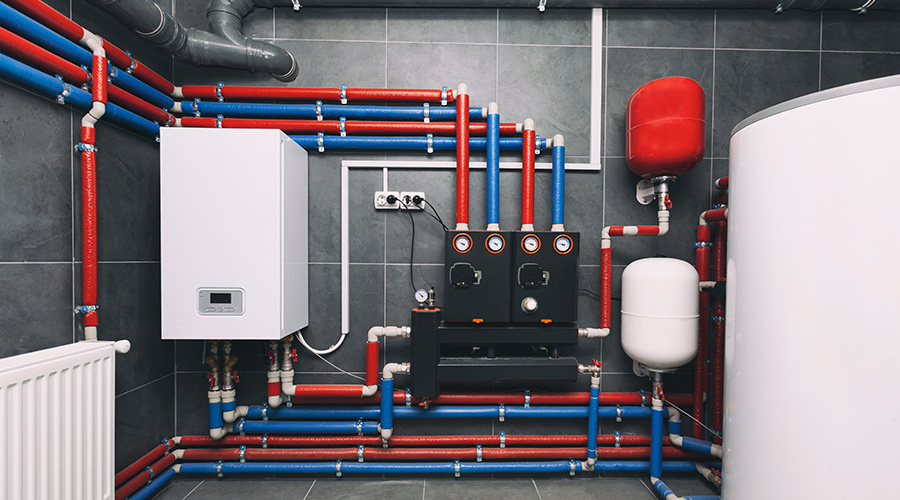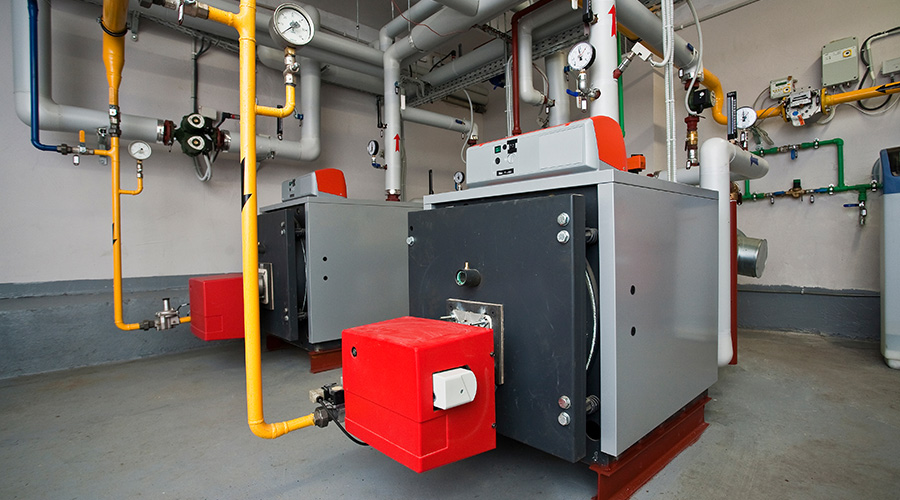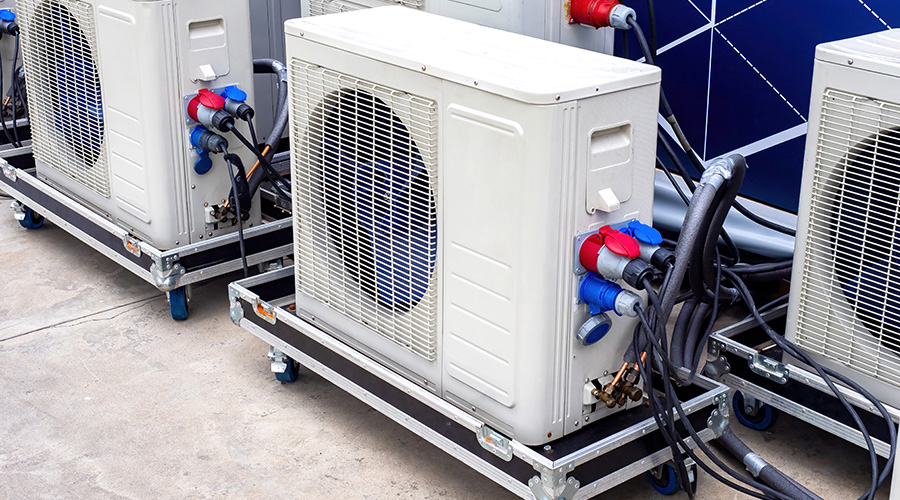Nameplate Motor Power Information Helps Determine Pumping Power
Managers and equipment operators also need to scrutinize several other elements of the system that contribute to energy efficiency.
Manufacturers stamp nameplate motor power information directly onto the motor. It verifies the motor has not been changed from design conditions, and operators can compare it to the pump curve to determine the unit’s maximum pumping power.
Some systems are designed to expand, as in the case of adding floors to a building. In such cases, specifiers often size pumps and motors for a building’s theoretical final state.
Brake horsepower indicates the motor power actually needed to drive the pump. Managers can determine it from the pump curve, based on the pump impeller size, or by measuring the amperage of the pump at peak load and converting to horsepower.
Balancing valves adjust the pump’s pressure balance. System pressure is highest at the pump discharge and dissipates farther from the pump. In HVAC applications, such as water coils for heat transfer, it is more desirable to adjust the pressure at the coil to the coil manufacturer’s specifications.
The system also will have a flow design that accommodates all system coils. Proper system pressure balance is critical for effective and efficient operation of coils, chillers, boilers, and other system components.
In many cases, equipment operators must partially close triple-duty valves or other system-balancing valves to add pressure to meet the desired system-flow characteristics. This strategy often can equate to driving a car by completely depressing the accelerator and managing the speed with brake pressure.
But in this case, operators can trim the pump impeller to gain energy efficiency. Trimming the impeller in a large pump is not as efficient as in a properly sized pump, but it is less expensive than replacing the entire pump.
Paul McCown, P.E., CEM, CxA, LEED AP, provides LEED facilitation, retrocommissioning, and energy analysis through the Sustainable Solutions Group of SSRCx, LLC, www.ssrcx.com.
Related Topics:














